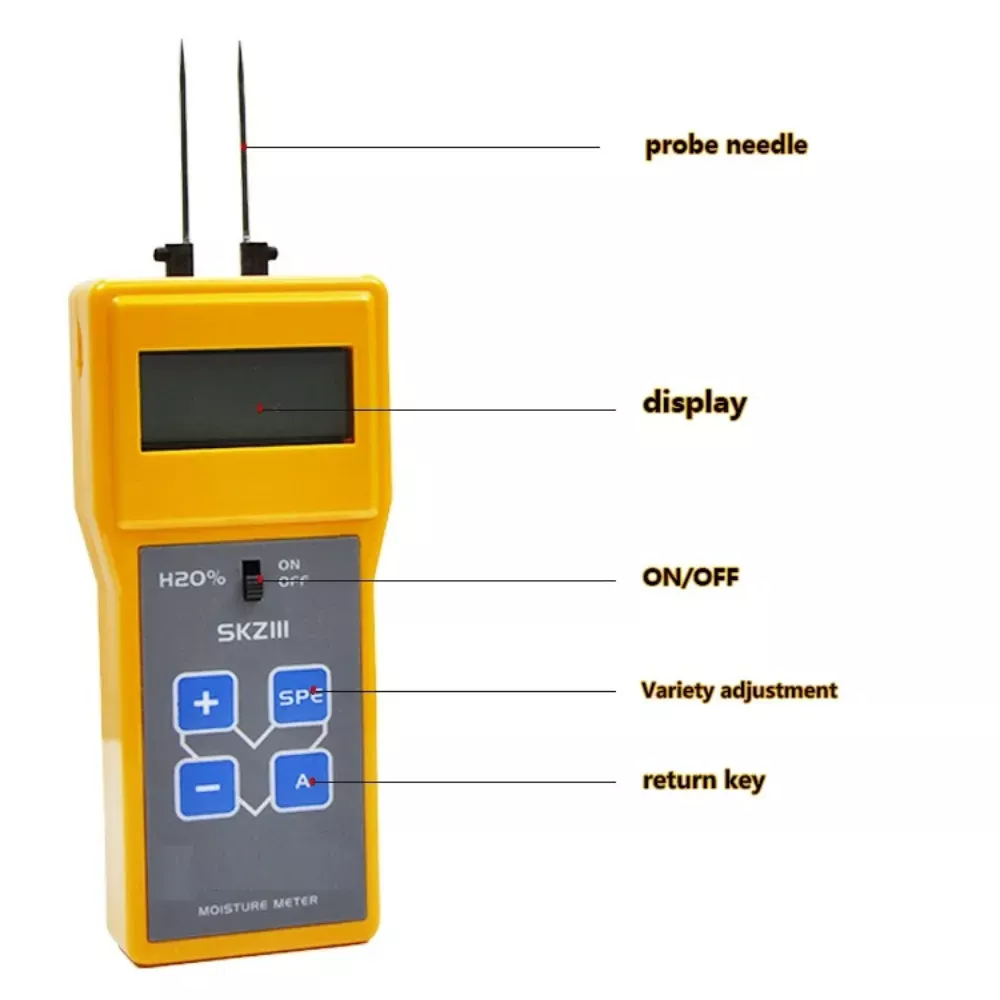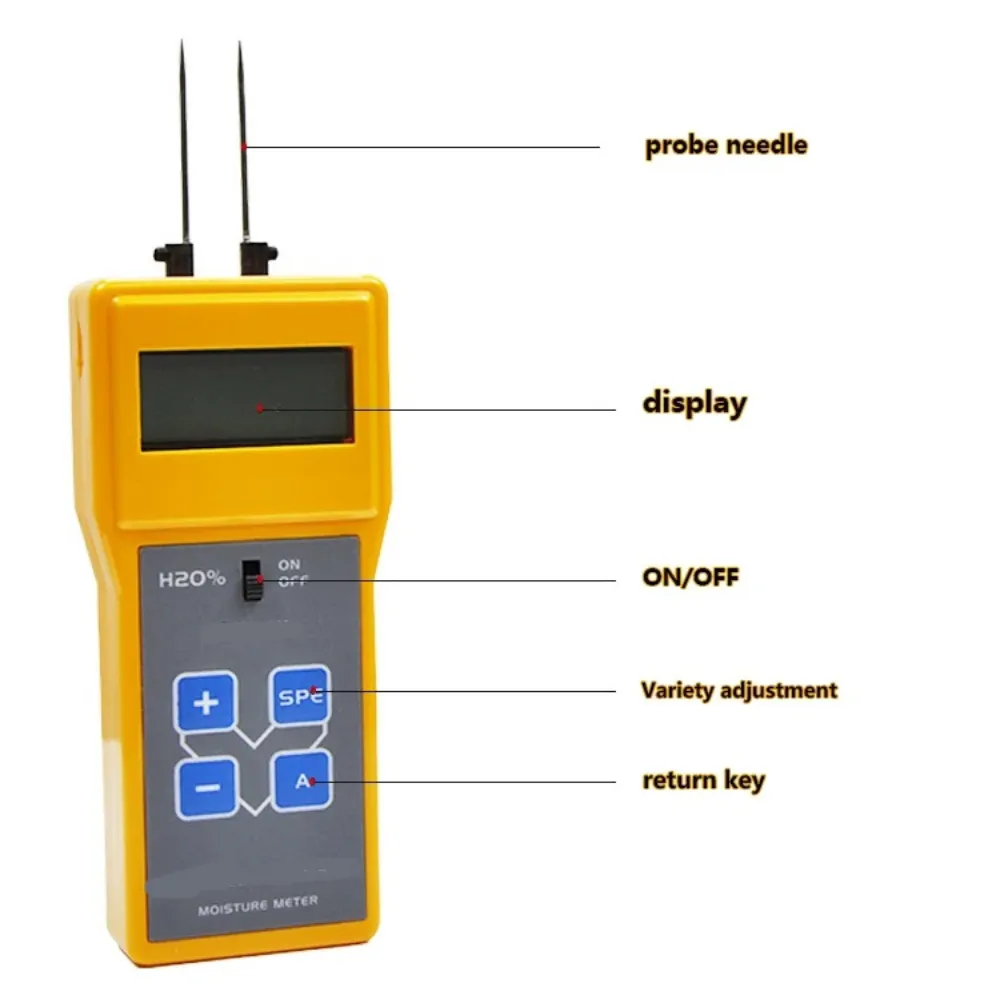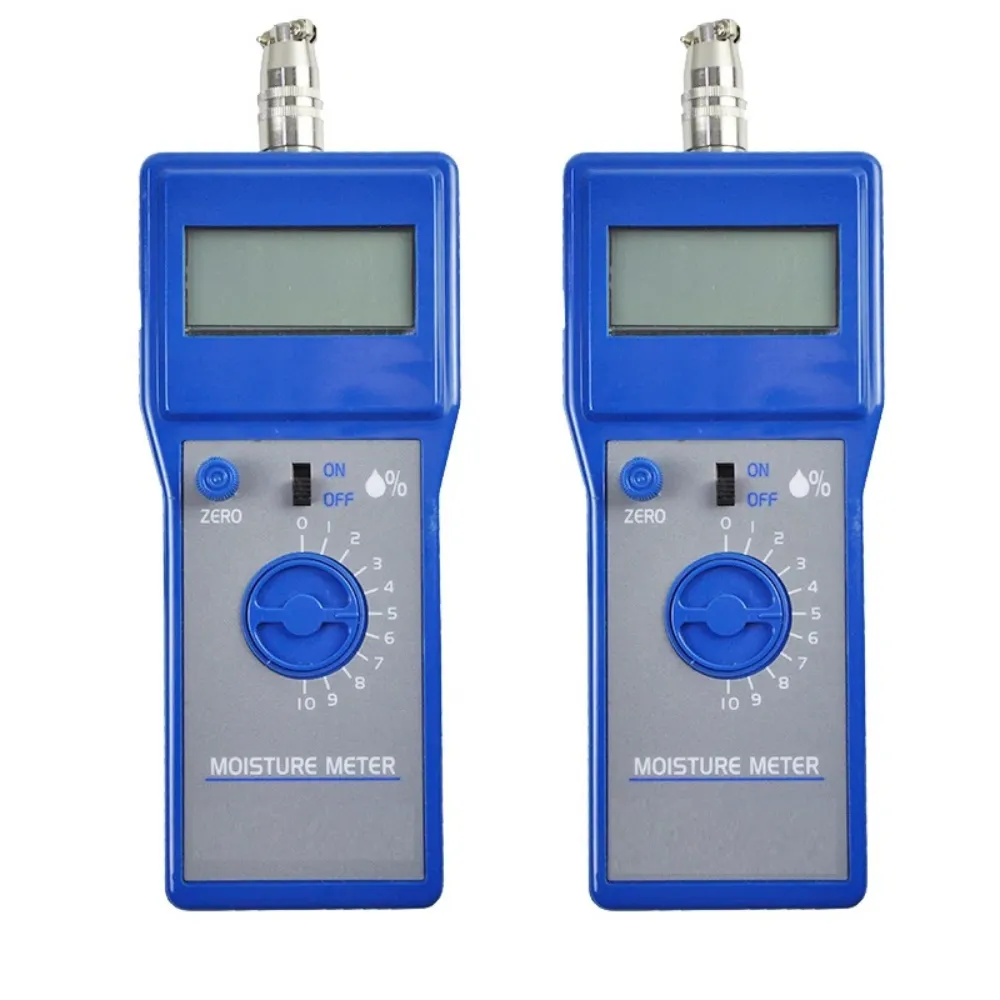
Technological Advancements of Cotton Moisture
Table of Contents
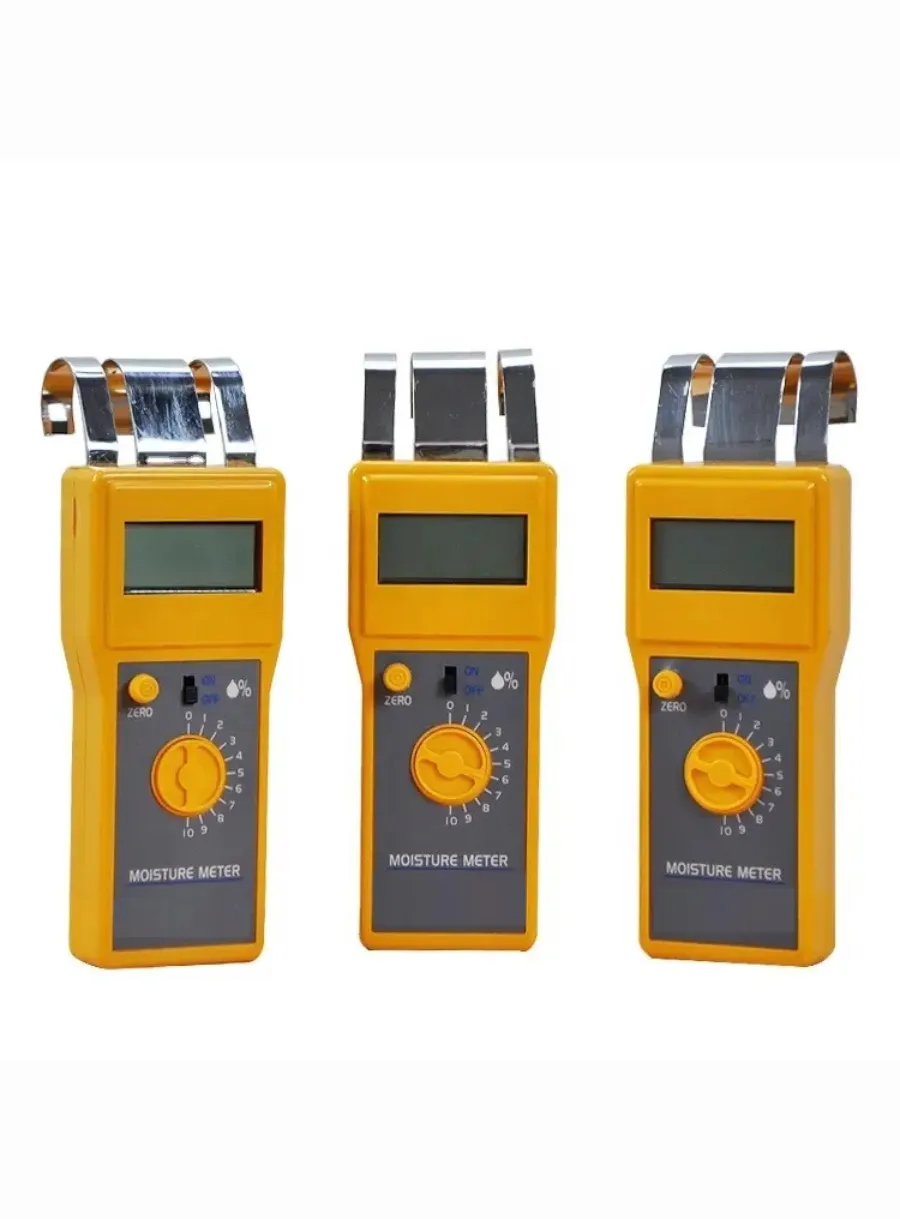
The cotton moisture meter, a handheld device that measures the moisture content of cotton seeds, has been in use for several decades. It has undergone numerous improvements and modifications to enhance its accuracy and reliability. However, with the rapid advancements in technology, the future of cotton moisture meters is expected to be shaped by innovative solutions that leverage cutting-edge technologies.
One such technological advancement is the integration of wireless communication capabilities into cotton moisture meters. This would enable real-time data transmission, allowing farmers and ginners to monitor cotton moisture content remotely. Additionally, the incorporation of artificial intelligence (AI) and machine learning algorithms into cotton moisture meters could provide more accurate and reliable moisture content readings, as well as offer predictive analytics to support informed decision-making.
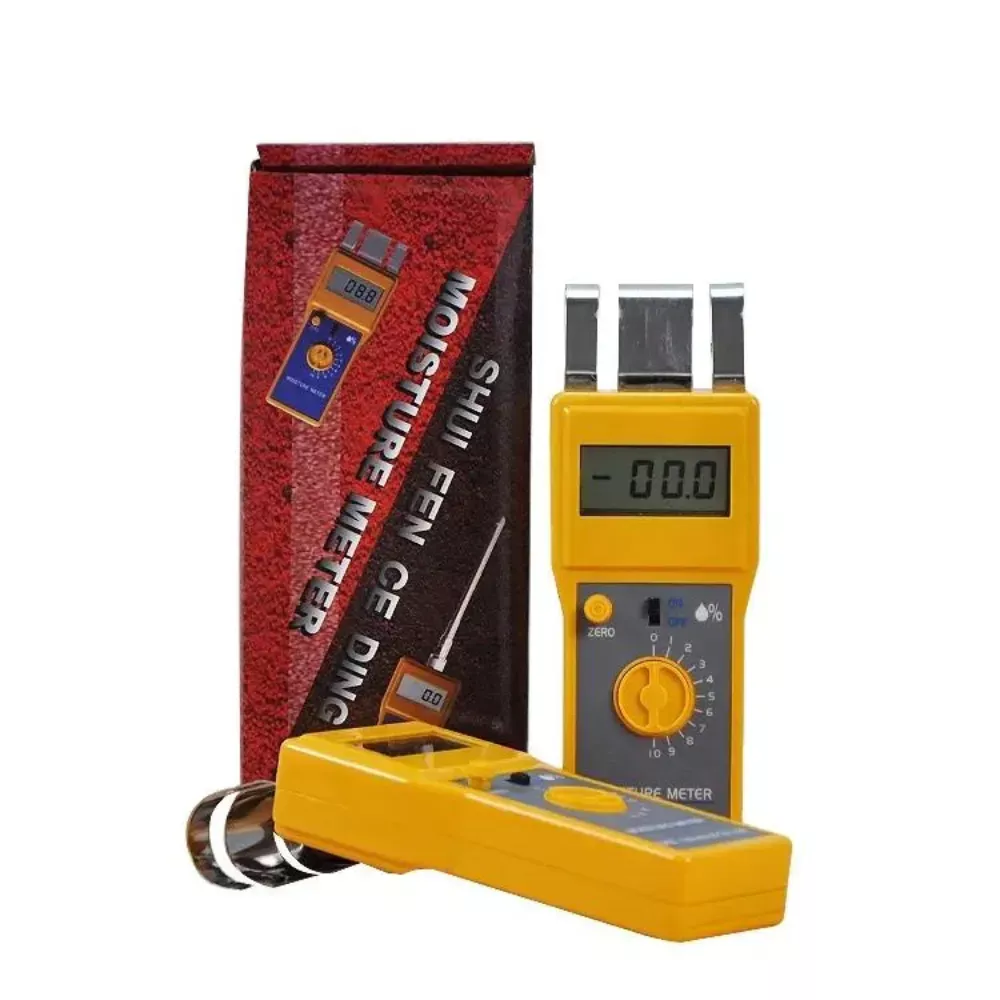
The use of sensors and IoT (Internet of Things) technology in cotton moisture meters is another area of potential growth. By connecting multiple sensors to a centralized system, farmers and ginners could monitor moisture content across their fields or ginning facilities in real-time. Furthermore, the integration of drone technology with cotton moisture meters could revolutionize the way moisture content is measured, providing a comprehensive overview of crop moisture levels.
Comments
Tags
Frequently Asked Question
Accurate cotton moisture measurement is crucial as it determines the quality of cotton, which plays a vital role in the harvesting, ginning, and processing stages of cotton production.
Cotton moisture meters have undergone numerous improvements, and the future is expected to be shaped by innovative solutions that leverage cutting-edge technologies, such as wireless communication, artificial intelligence, IoT, and drone technology.
Integrating wireless communication capabilities into cotton moisture meters would enable real-time data transmission and remote monitoring, while the incorporation of AI and machine learning algorithms could provide more accurate and reliable moisture content readings, as well as offer predictive analytics to support informed decision-making.
Connecting multiple sensors to a centralized system would allow for real-time monitoring of moisture content across fields or ginning facilities, while the integration of drone technology could revolutionize the way moisture content is measured, providing a comprehensive overview of crop moisture levels.

